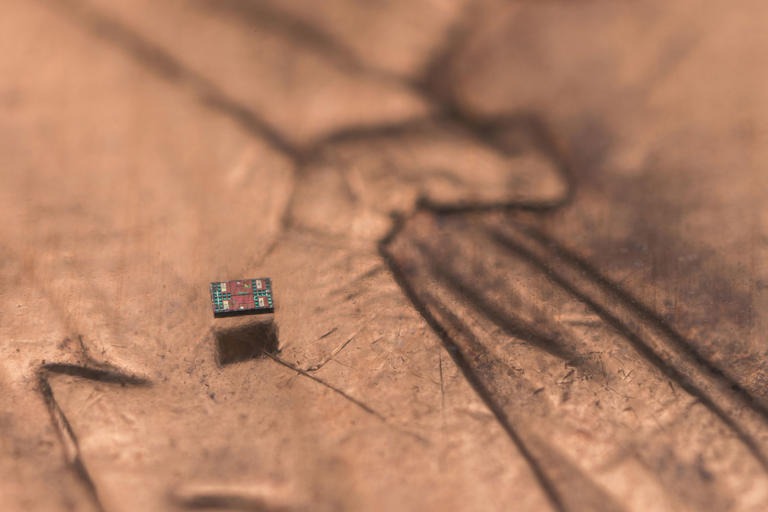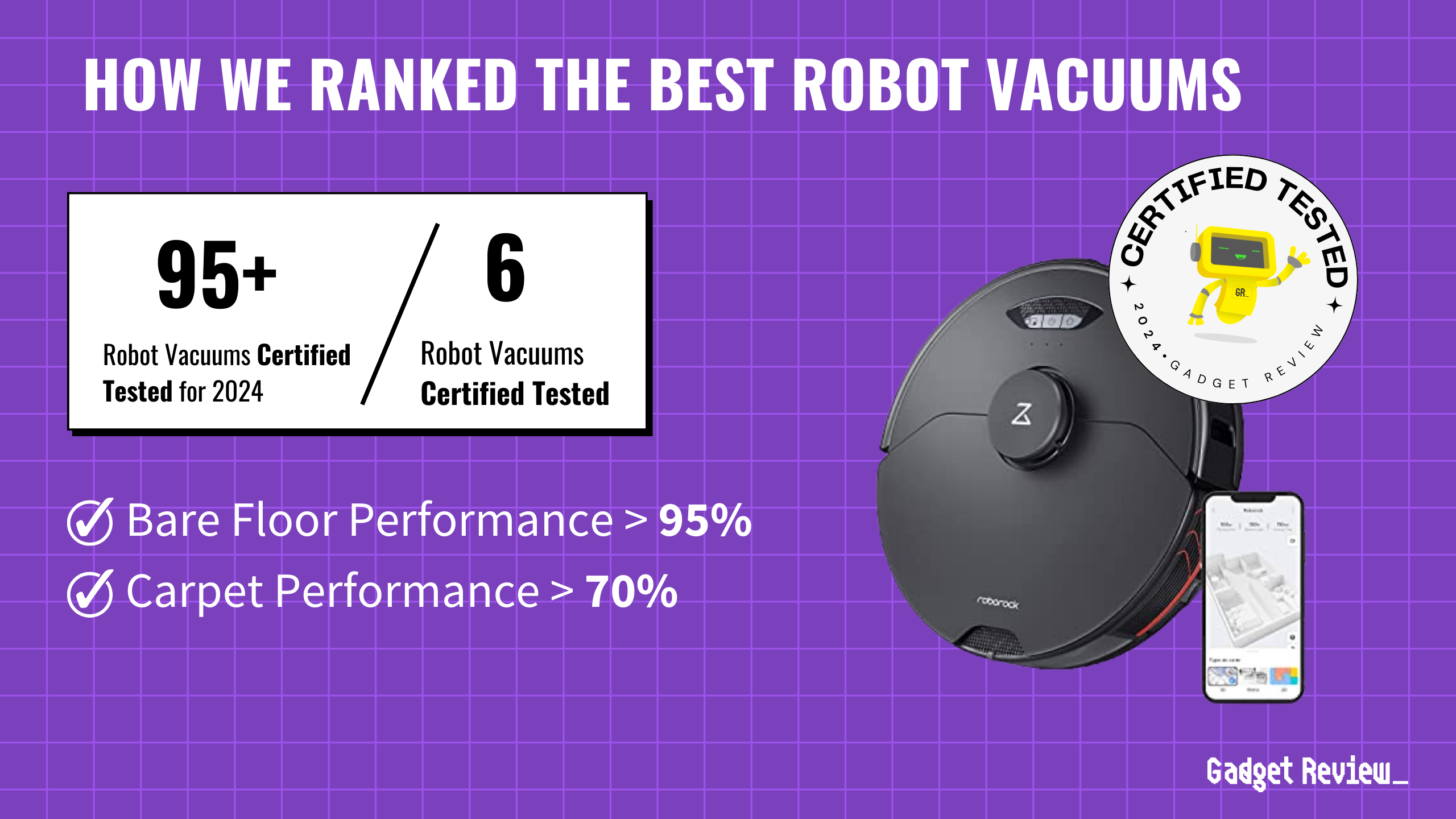In a groundbreaking development, researchers at the University of California, Berkeley, have discovered a new catalytic process that can convert polyethylene and polypropylene plastics into valuable materials, as reported by Science. This breakthrough could significantly impact the global plastic waste crisis, offering a sustainable solution for the nearly two-thirds of plastic waste that these materials comprise.
Techspot reports that the new process vaporizes plastic waste at the molecular level, allowing for the reconstruction of new plastics. This differs from traditional mechanical recycling methods, which melt plastics to create low-value products. The catalytic process generates propylene, propene, and isobutylene gases, which are used in the chemical industry to manufacture various products, including clothing, bottles, furniture, and aviation gasoline.
“So much of what’s around us is made of these polyolefins,” said UC Berkeley Professor of Chemistry John Hartwig, leader of the study. “What we can now do, in principle, is take those objects and bring them back to the starting monomer by chemical reactions we’ve devised that cleave the typically stable carbon-carbon bonds.”
While scaling up this process to industrial levels presents challenges, the researchers are actively pursuing federal grants and engaging in discussions with industrial partners to make it economically feasible. The potential economic benefits of this new process are significant, and it could lead to the introduction of a plastic tax or legislation to support its viability.
This breakthrough brings us one step closer to achieving a circular economy for plastics, reducing the need for virgin plastics and the associated waste. By mitigating the environmental impact of plastic waste, including the presence of microplastics in the ocean and food chain, this development offers hope for a more sustainable future.
As research continues and partnerships develop, the long-term impact of this breakthrough on the plastic industry and the environment is promising. As KQED points out, with continued support and investment in sustainable plastic recycling solutions, we can work towards a world where plastic waste is no longer a threat to our planet.





























